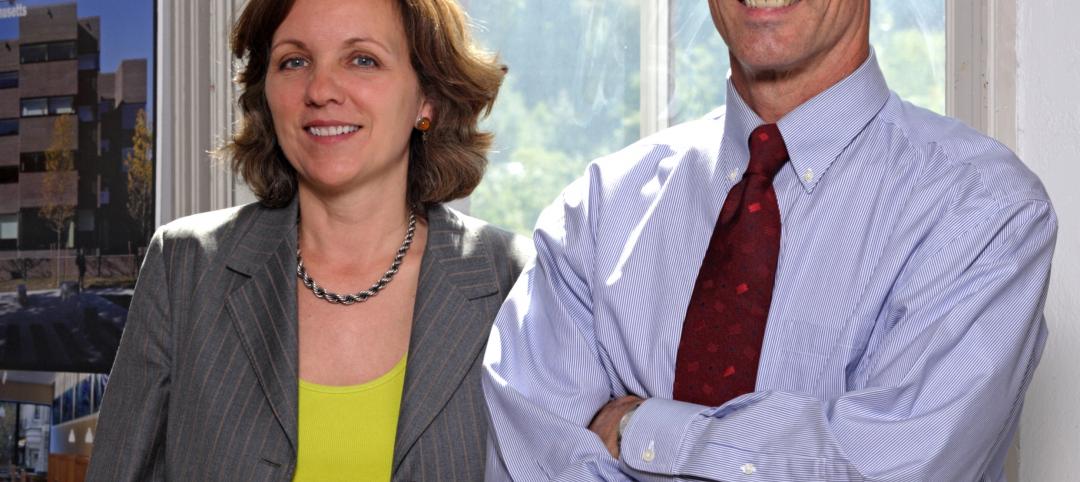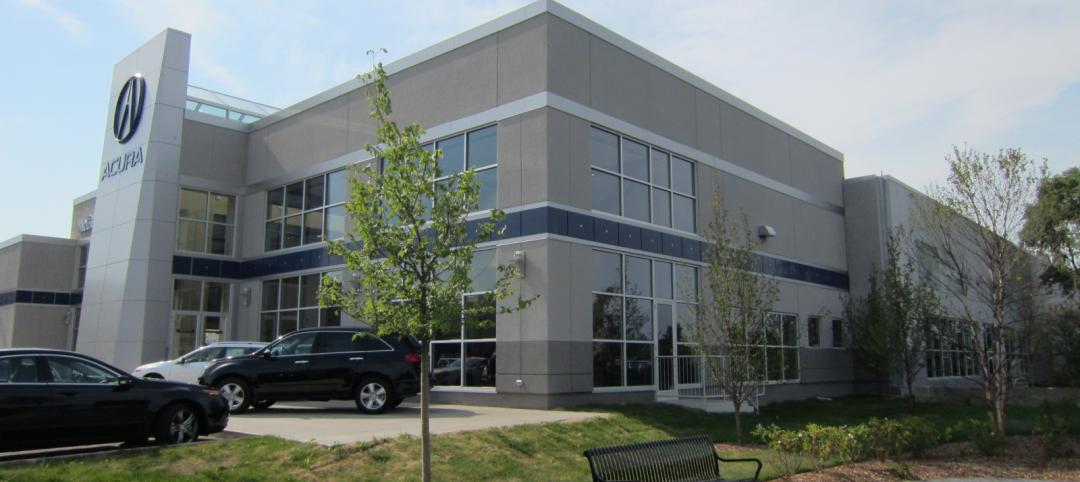A few weeks ago, I received a link to a Radware report warning about the “grave dangers” associated with robot networks that exploit Internet of Things devices as weapons of attack for launching ransomware and various other nasty disruptions against companies and individuals.
Around the same time, The Guardian posted on its website a 45-second video that shows SpotMini, a dog-like robot manufactured by Boston Dynamics, using a mechanical arm mounted on its back to open a door. That video went viral, with 8.3 million viewers in the first nine days who also saw the newspaper’s dire verdict that this machine advance is “terrifying.”
Technology has been and always will be perceived as a source for wonder and worry. As it becomes evermore essential to our daily functions, more than just the viewers of “Black Mirror” are concerned about tech’s encroachments.
This trepidation might explain why several of the technologists I’ve interviewed recently for stories about virtual reality and artificial intelligence in construction were at great pains to explain why technology can be disruptive in positive ways that shouldn’t threaten anyone’s psyche or livelihood.
“VR is neither good nor bad—it’s a tool,” states Jeremy Bailenson, a professor at Stanford University. In his new book, “Experience on Demand,” Bailenson acknowledges that there are “darker” sides to VR that can’t be ignored. But the best way to use it responsibly, he asserts, “is to be educated about what it is capable of.”
Alvise Simondetti, Arup’s Global Leader of Digital Environment, sees smart machines as “partners”—rather than adversaries—of humans. And he’s not buying into the fear that technology will inevitably dumb down creativity and render certain job titles obsolete.
Take last year’s launch of AutoDraw, the “doodle bot” developed by Google’s Creative Lab, which pairs machine learning with drawings from artists. AutoDraw gives a drawer the ability to replace a rough sketch with a more-refined drawing from that data library.
Some designers probably see AutoDraw as ominous. Simondetti views such “enhancements” as progress.
“Architects can only explore a narrow part of a design space solution. Machines can simply see a ton more,” says Simondetti. He adds that artificial intelligence will speed up the design process at a time when “the world can’t wait, not with the rate of urbanization.”
Such sanguinity might sound surprising coming from someone working in an industry usually characterized as tech phobic. But I get the sense that more AEC firms and their suppliers want to shake off that retrograde image and push their industry closer to the vanguard.
More AEC firms and their clients seem convinced that their readiness to at least coexist with—rather than quixotically resist—technology could decide who wins and who loses going forward.
Related Stories
| Aug 3, 2012
Nonres construction spending to increase through 2012, growth projected for 2013
Commercial and industrial projects poised to lead building sectors.
| Jul 31, 2012
Thornton Tomasetti announces four promotions in Chicago office
Promotions in Thornton Tomasetti office key on industy veterans.
| Jul 25, 2012
EwingCole adds healthcare director to D.C. office
Schultz brings over 25 years of proven experience in planning and designing healthcare, medical research, and government medical facilities.
| Jul 25, 2012
Contract awarded for Gaillard Municipal Auditorium renovations in Charleston, S.C.
Seeking LEED Silver certification, the project will begin in August and is slated for completion in December 2014.
| Jul 24, 2012
Boyer joins Thornton Tomasetti as vice president in New York office
Boyer will support Thornton Tomasetti’s Building Performance and Property Loss Consulting practices in the East U.S. region as well as nationally.
| Jul 24, 2012
Dragon Valley Retail at epicenter of Yongsan International Business District
Masterplanned by architect Daniel Libeskind, the Yongsan IBD encompasses ten city blocks and includes a collection of high-rise residences and commercial buildings.
| Jul 23, 2012
Venturi Scott Brown and Associates Becomes VSBA, LLC
After over fifty years as one of the world’s most renowned architects, Bob Venturi has retired from practice, while Denise Scott Brown continues to publish and present her work.
| Jul 23, 2012
Giants 300 Firm Index 2012
An alphabetical index of the Giants 300 AEC firms and their ranking in specific categories.
| Jul 23, 2012
Haynes Whaley announces leadership transition
Pronier has worked in the construction industry for the past 30 years.
| Jul 23, 2012
Missner Group completes construction of Chicago auto dealership
The Missner Group also incorporated numerous sustainable improvements to the property including the implementation of a vegetative roof, and the utilization of permeable pavers for the parking lot.















